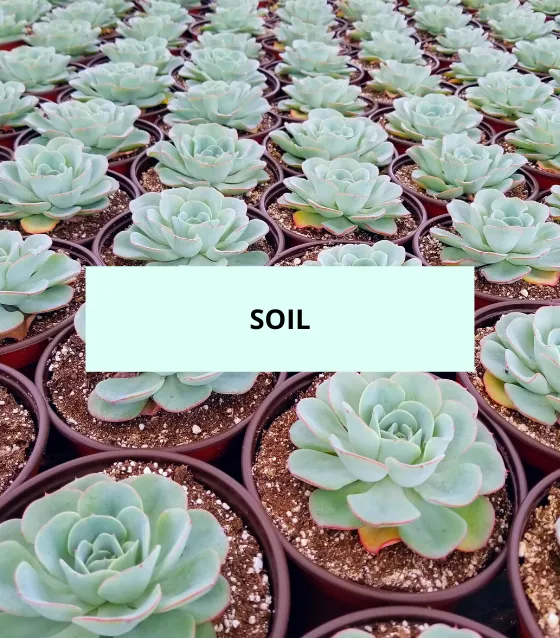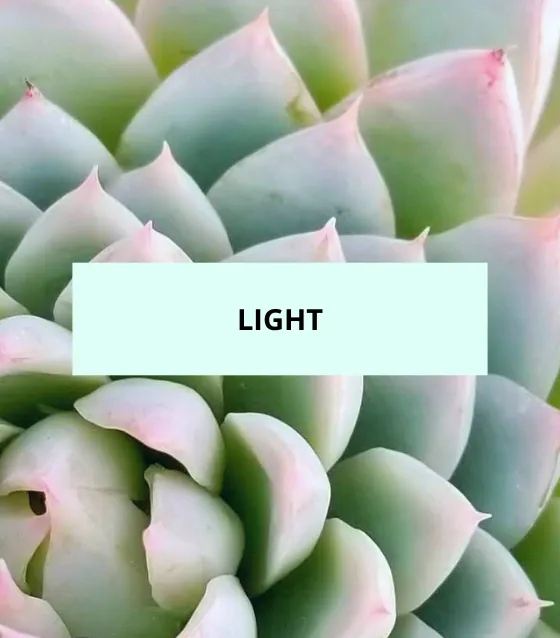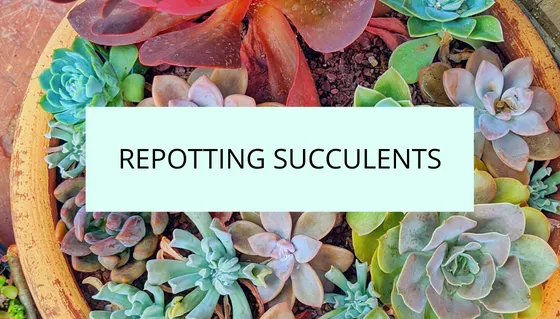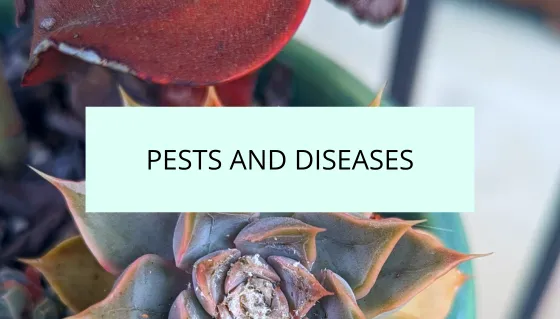In this article, we will explore Agave tequilana, a fascinating succulent plant that holds cultural significance and is known for its unique characteristics. If you’re already a succulent enthusiast, you’ll be intrigued by the distinctive features of this succulent. So, let’s dive into the details and discover what makes Agave tequilana so special.
Dig in!
Appearance and Growth
Agave tequilana, commonly known as the Tequila Agave or Blue Agave, is a visually striking succulent with a distinctive rosette shape. Its leaves are thick, fleshy, and rigid, growing in a dense arrangement from the base, forming a large, spiky plant. The leaves are bluish-green in color, hence the name “Blue Agave,” and have sharp, serrated edges.

Consider amending your soil with Bonsai Jack’s gritty mix to ensure your succulent soil drains quickly to prevent it from staying moist for too long. Source: Etsy
This succulent is known for its impressive size. On average, Agave tequilana can reach a height of 5 to 8 feet (1.5 to 2.4 meters) and spread to a width of 6 to 10 feet (1.8 to 3 meters). The mature plant’s impressive stature and architectural form make it a captivating centerpiece in gardens and landscapes.
Flower Color and Blooming Season
Agave tequilana produces tall flowering stalks known as “quiotes” that emerge from the center of the rosette. The flowering stalks can grow up to 15 to 25 feet (4.5 to 7.6 meters) in height. However, it’s important to note that this plant typically blooms only once in its lifetime, which can range from 8 to 30 years.
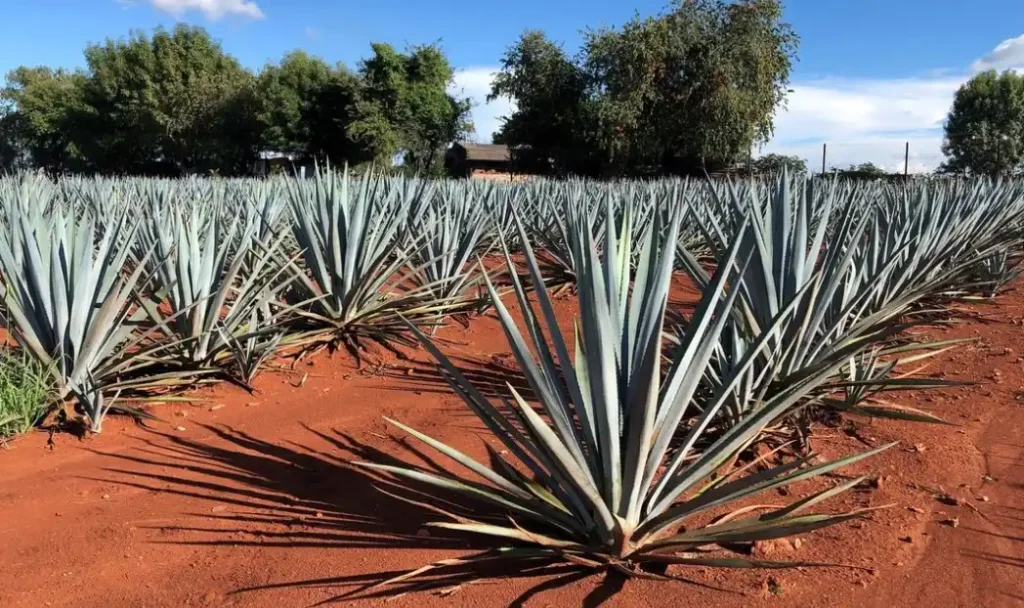
The flowers of Agave tequilana are yellow-green in color and grow in clusters along the length of the quiote. The blooming season for this succulent usually occurs during the summer months, typically between June and July. The flowering spectacle is a remarkable sight, adding an extra touch of beauty to the already impressive plant. It is worth noting that Agave tequilana is monocarpic and will die after blooming.
When you’re rooting or transplanting your succulents and cacti, use SUPERthrive to help reduce the chance of transplant shock and grow a strong root system.
Toxicity
When it comes to considering the safety of pets and humans, it’s crucial to understand the potential toxicity of plants. In the case of Agave tequilana, the sap and sharp spines can be irritating to the skin and cause discomfort. However, this succulent is generally considered non-toxic to cats, dogs, and people when ingested in small quantities. Nevertheless, it’s always advisable to keep this plant out of reach of pets and children to prevent any potential harm.
Propagation Methods
If you’re interested in propagating Agave tequilana, there are a few methods you can explore:
- Offsets: Agave tequilana produces offsets, also known as “pups,” around the base of the mature plant. These offsets can be carefully separated from the parent plant when they have developed their own root system. Gently remove the offset, ensuring it has some roots intact, and plant it in well-draining soil. Provide adequate sunlight and water sparingly until the new plant establishes itself.
- Seeds: Propagating Agave tequilana from seeds is another option, although it requires more patience and time. Collect mature seeds from the plant’s flower stalks. Sow the seeds in well-draining soil and place them in a warm location with indirect sunlight. Keep the soil slightly moist and provide consistent care. With time and proper conditions, the seeds will germinate, and new plants will emerge.
- Stem Cuttings: While Agave tequilana is primarily propagated through offsets and seeds, it’s possible to propagate it through stem cuttings as well. Take a stem cutting from a healthy plant, ensuring it includes a portion of the stem and a few leaves. Allow the cutting to dry and callus for a few days. Once calloused, plant the cutting in well-draining soil and provide appropriate care. Over time, it will develop roots and grow into a new plant.
By utilizing these propagation methods, you can expand your collection of Agave tequilana plants or share their unique beauty with other succulent enthusiasts.
Fix the pest problem on your succulents and cacti with these popular insecticides.
Agave tequilana, with its striking appearance, impressive size, and cultural significance, is a captivating succulent that is sure to capture the hearts of succulent lovers. Its blue-green leaves, towering flowering stalks, and architectural form make it a standout plant in any landscape or garden. While it is generally non-toxic, precautions should be taken due to its sharp spines and irritating sap. If you’re interested in propagating this succulent, exploring methods such as offsets, seeds, or stem cuttings can help you expand your collection. So, consider adding Agave tequilana to your succulent repertoire and enjoy the unique beauty it brings.



